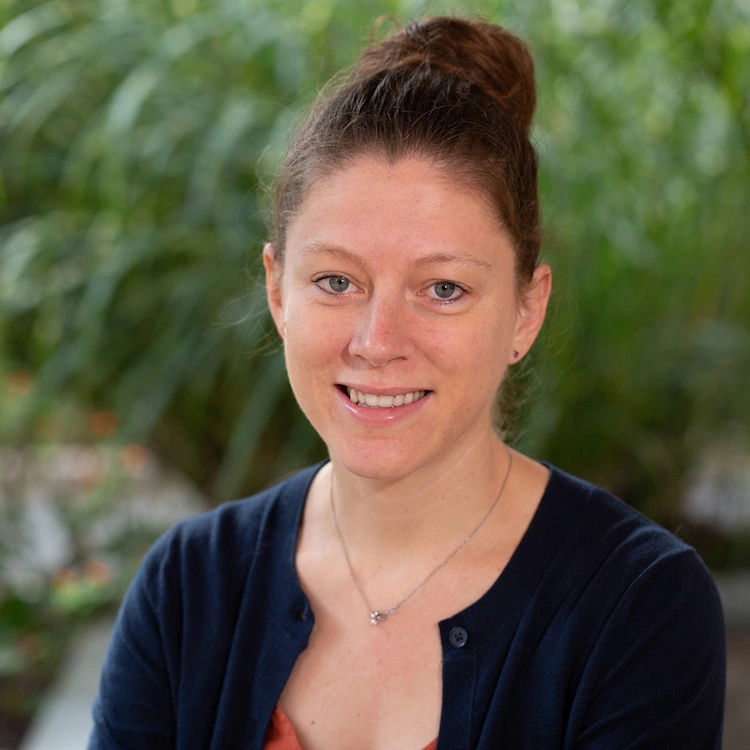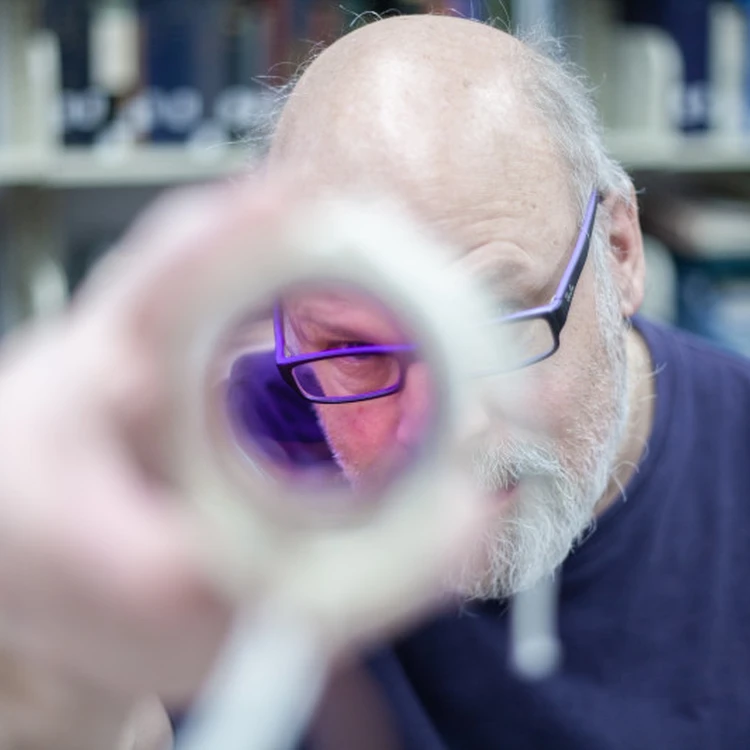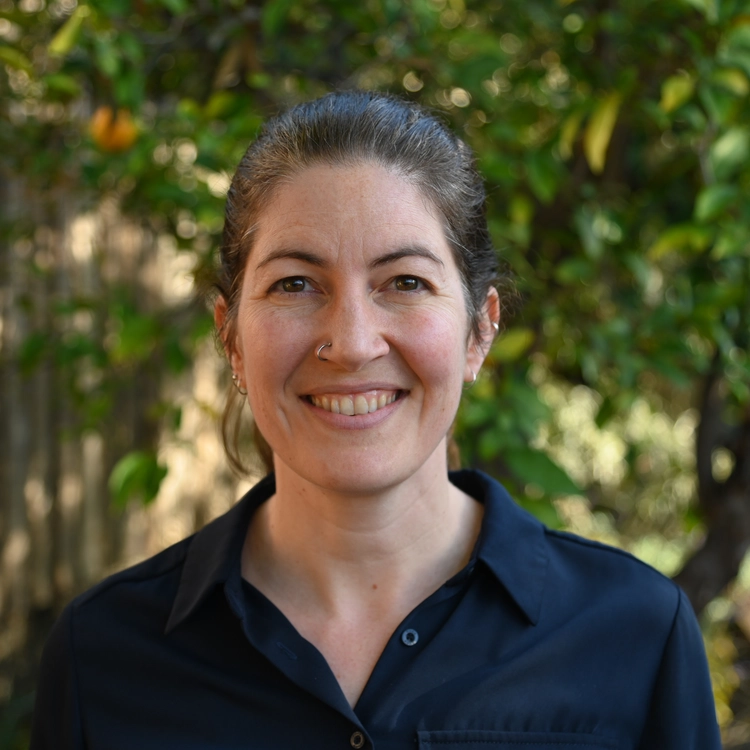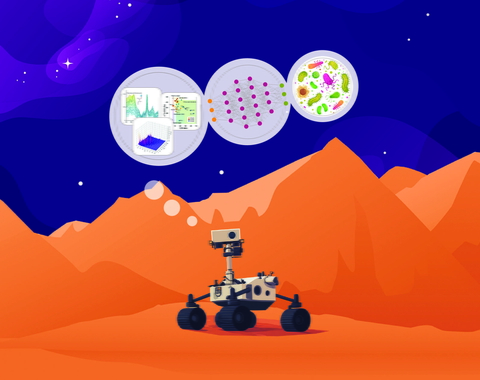Planets to Life
Our experts reveal how our planet formed, evolved, differentiated into layers and developed the interconnected system of dynamic processes that made it habitable and enabled life to arise and thrive.
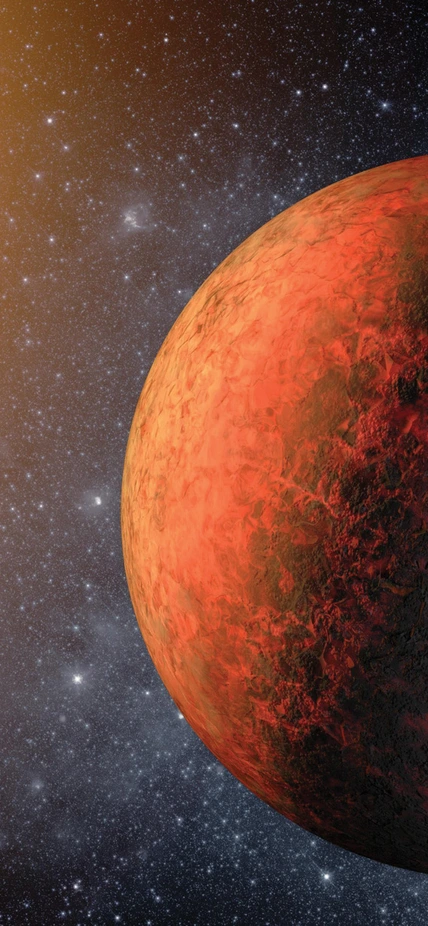
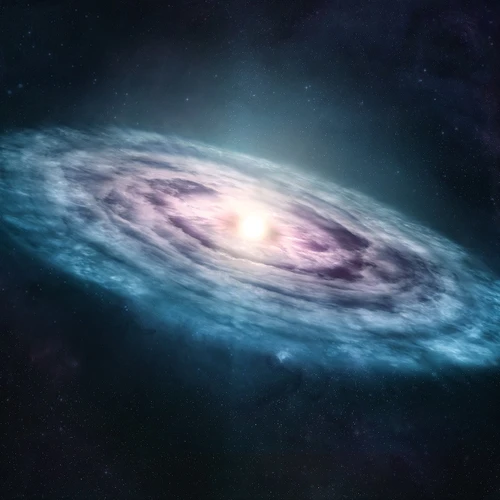
protoplanetary disk
Formation of Planetary Systems
During their youth, stars are surrounded by a rotating disk of gas and dust leftover from their formation. Baby planets and other celestial bodies are born from the accretion of this material over time. Revealing this process is critical for understanding planetary habitability and what makes our own Solar System so distinct from the thousands of others we’ve found so far. Carnegie astronomers and planetary scientists use both observing and mathematical modeling to piece together the puzzle of planet formation and early evolution.

Planetary Dynamics
Carnegie Scientists believe that there are three critical factors for a planet to be considered capable of hosting life: liquid water, plate tectonics, and a magnetic field. Planetary dynamics are the surface expression of these facets, which Carnegie scientists study in the fi eld, in the lab, and at the telescope. The multi-disciplinary Sloan-funded AEThER project, is elucidating fundamental details about the nature of exoplanetary solar systems and the characteristics that could enable life to arise and thrive on rocky planets.
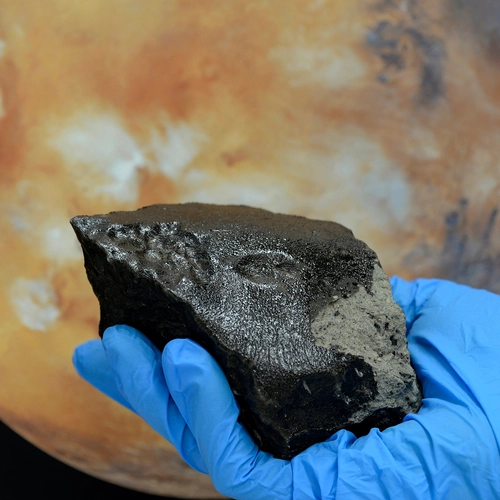
Origin & Sustanance of Life
How did life emerge on Earth and what enabled it to thrive? Answering this question requires a deep understanding of both our planet’s geologic history and the raw materials from which the Solar System formed. Carnegie scientists are on the forefront of sample return missions that are enabling a brand-new understanding of organic compounds in our Solar System’s history. This is critical for understanding the origin of life on Earth and how it differentiates us from other bodies within the Solar System.
Our Strategic Scientific Framework
Our Blueprint For Discovery—connecting universal building blocks to planet formation and the evolution of life—taps into Carnegie’s tremendous potential for transformative discoveries that will unlock the secrets of the cosmos.
The chemical makeup of a star can influence the composition of its planets.
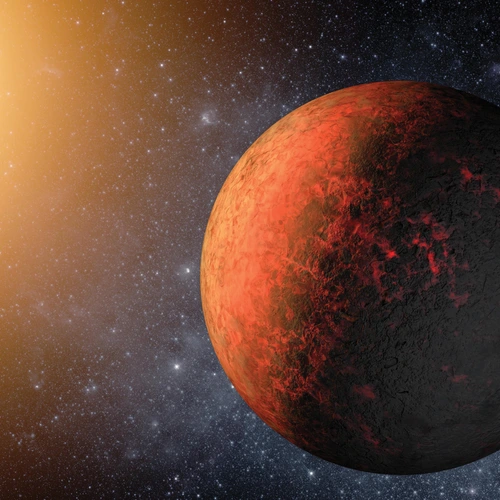
Astrobiology is the study of how life emerged on Earth and how to search for it elsewhere in the universe.
Biological processes, like photosynthesis, produce chemical fingerprints that can be seen from space.
Related Divisons
Carnegie's newest scientific division, Biosphere Sciences & Engineering, is devoted to disrupting the traditional, siloed perspective on research in the life sciences and pursuing an integrated approach to solving some of humanity's greatest challenges.
Learn MoreDrawing on more than a century of science, our multidisciplinary department discovers exoplanets, creates new materials, illuminates Earth's inner workings, and seeks to better understand the universe that is our home.
Learn MoreFrom the revelation of the universe’s expansion to the discovery of dark energy, Carnegie Observatories researchers have transformed humankind’s understanding of the cosmos. The groundbreaking work continues today at our world-famous Las Campanas Observatory in Chile.
Learn More











